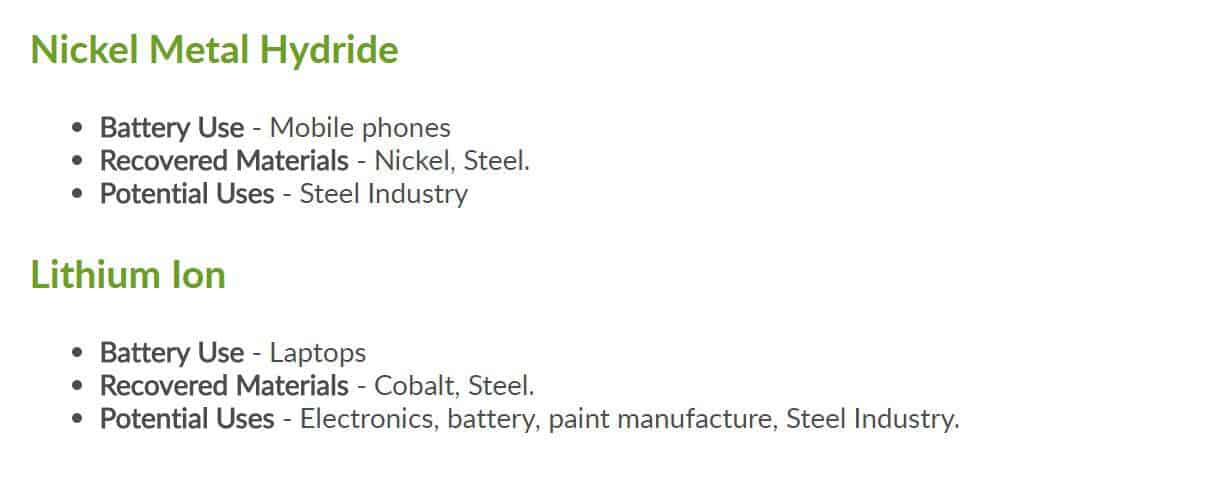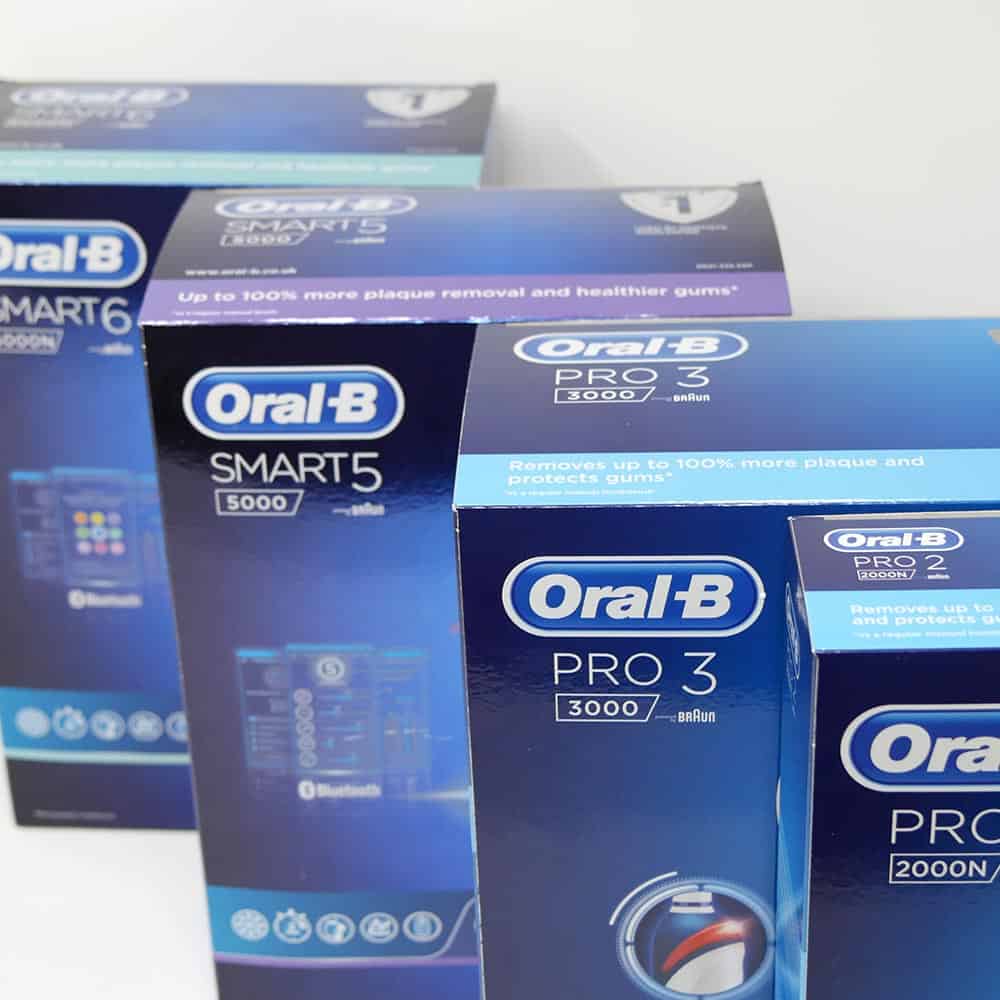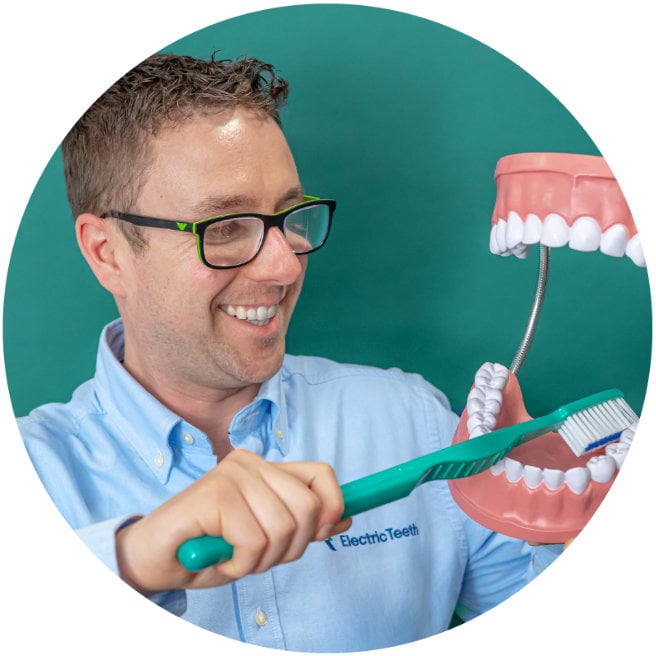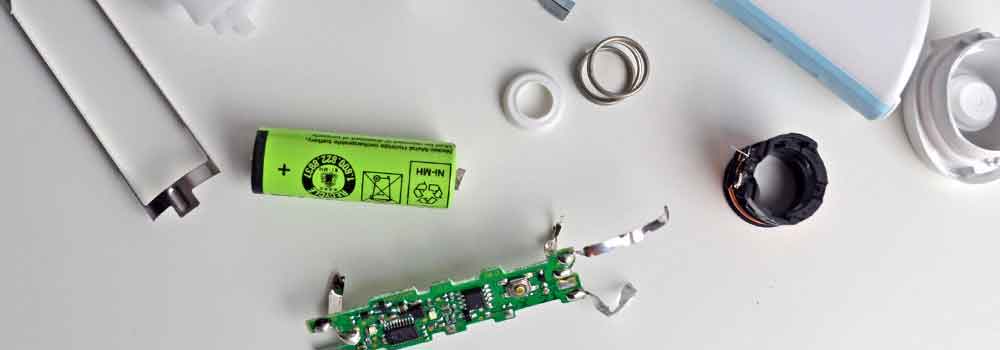
There comes a time in the life of an electric toothbrush where it is no longer working as it should and it needs to be replaced or you have simply decided it is time for a new one.
The question is, what do you do with it?
You have two main options as far as we see it.
1. Re-use the electric toothbrush
If it is still working and there is nothing wrong with it then perhaps give it to someone else to use (change the brush head of course). Someone else might be able to get some value from it if your desire is to get a new one.
Another option is to retain it for use as a tool to help you with cleaning jobs….it is surprising how handy they can be.
One of the best uses is cleaning grout, tiles and other hard to reach areas in a bathroom, round the bottom of taps maybe. Many will use a manual toothbrush, but why not take advantage of the extra power and motion offered up by an electric toothbrush?!
Keep your old brush heads too, these will be fine for cleaning tiles etc.
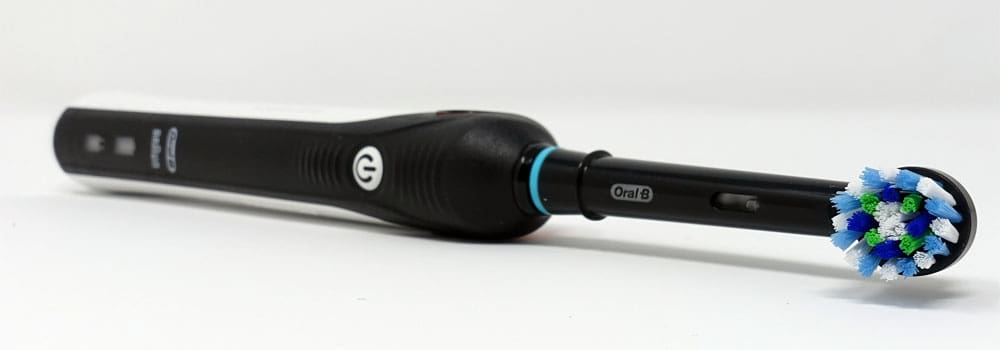
2. Dispose of or recycle the brush (handle only)
An electric toothbrush contains plastic batteries and electrical components.
The batteries in particular should not be disposed with or amongst your 'normal' waste.
The chemicals in the battery can be dangerous to the environment if disposed amongst general waste that goes to landfill. It should therefore be recycled.
Believe it or not parts of the electric toothbrush battery can be reused for other products or industries.
Plastic parts such as the body of the brush handle itself will likely end up in landfill at the end of the recycling process. A petroleum product, it does not biodegrade quickly and if incinerated can release toxic chemicals.
According to Greenbox.au every year in Australia 700 thousand tonnes of e-waste is created, which is equal to dumping 1,750 jumbo jets into landfill.
The Australian Bureau of Statistics 2016-2017 figures suggest that 45.6% of the 465,818 tonnes were collected for recycling.
Over the years, authorities have been making improvements in programmes and education to encourage more recycling of e-waste. Pivotal to this was the introduction of the National Television and Computer Recycling Scheme, established in 2011.
Manufacturers and suppliers are beginning to help fund national initiatives to reduce landfill and increase recycling, but there is currently a lack of national schemes to encourage recycling of other products.
This article is mostly concerned with the recycling of an electric toothbrush, but you should know many more electrical items can be recycled.
Almost all electrical items with a plug or a battery can be recycled to some degree, including the following:
- Large household appliances: fridges, freezers, microwaves, dishwashers and washing machines.
- Smaller household appliances: irons, toasters, kettles and vacuum cleaners.
- IT and communication equipment: laptops, fax machines, printers, phones and smartphones.
- Audio, audio-visual and other entertainment-related equipment: MP3 players, stereos, TVs, DVD players and games consoles.
- Tools: drills, saws, lawn mowers and sewing machines.
- Personal grooming gadgets: electric toothbrushes, hair dryers, straighteners and curling tongs.
If you can answer 'yes' to any of the following questions, then more than likely your electrical item can be recycled in some capacity:
- Does it have a plug?
- Does it use a charger?
- Does it use batteries?
It is always best to consult your local council or state authorities for directions on how best to go about recycling electronics, including electric toothbrushes, in your area.
Most will offer local drop off locations or recycling centres whereby you can drop off all types of waste including small personal electronics such as toothbrushes.
Planet Ark provides a list of products/materials that can be recycled and where.
The best option when it comes to electric toothbrushes, is to make use of Colgates recycling scheme that is run in partnership with Terracycle.
You can actually recycle the toothbrush handle, including the battery, even if it is not a Colgate branded electric toothbrush. Find out more and how to recycle your electric toothbrush here.
Brush heads
You will be aware that every 3 months the brush head on your electric toothbrush should be replaced.
Made of various plastics and nylon, the brush heads cannot normally be recycled. They have to go into landfill waste.
However, there are specialist companies that are now able to begin recycling and reusing the plastics that come from such products, particularly as the awareness of plastic pollution is increasing.
Whilst the ability to recycle these is becoming greater, getting these items to the recycler is not as simple as we might like.
The main company that does this is called TerraCycle. It partners with various brands so that they can contribute to the cost of recycling.
We cover this in more detail in our posts:
- Can you recycle electric toothbrush heads?
- How to recycle a manual toothbrush and other dental products
Packaging
I wanted to make a mention of the packaging in which electric toothbrushes comes.
To date from all the toothbrushes I have tested, I have found Philips Sonicare to be the best for their more environmentally approach to packaging.
All brands have outer cardboard boxes, but Sonicare tend to have a cardboard inner much like the material/texture of an egg box.
Colgate have thin moulded plastic whilst Oral-B use polystyrene in many (not all) of theirs.
The card can be recycled, the plastic and polystyrene can't. I would like to see Oral-B particularly drop the use of polystyrene.
Manual toothbrushes
It could be argued that a manual toothbrush without battery is better for the environment. However, just like an electric toothbrush, the plastic and nylon construction is not biodegradable.
Although, it is now possible to recycle these through the Colgate Oral Care recycling programme.
Bamboo brushes are amongst some of the best options available as they don't need to necessarily go to a specialist recycler. However, to break down they still need to be composted correctly (without the bristles).


